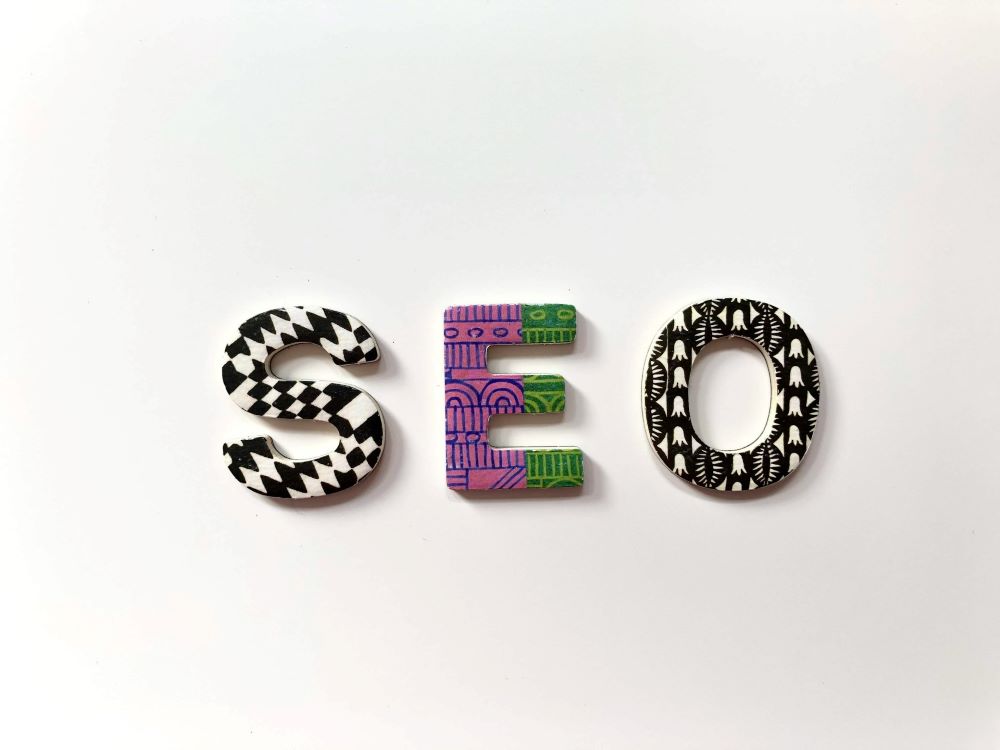Table of Contents
ToggleSmall business owners often find themselves at the crossroads of traditional marketing methods and the fast-paced digital realm, wondering which path holds the brightest future. The reality is crystal clear—with an estimated 5.35 billion internet users, adopting a robust digital marketing strategy isn’t just an option; it’s a necessity.
But how can small businesses leverage the vast, complex world of digital marketing without getting lost or overspending? Let’s dissect the most effective strategies tailored to fit the economic trajectories of small businesses, illuminating the path to sustainable growth and market prominence.
Understanding Your Audience
Before you can start slinging digital ads or curating an Instagram-worthy feed, pinpointing your audience should be your first step as this guides every strategic decision. This section dials into the nuances of audience profiling, ensuring your marketing efforts hit the mark.
Consumer Data Analysis and Segmentation
Big data isn’t just for big corporations. Small businesses can utilise various tools and methods to amass essential consumer data. Metrics from website visitors to social media interactions provide a treasure trove of insights waiting to be uncovered.
Once collected, segment this data based on demographics, geographics, psychographics, and behaviour. This detailed segmentation aids in personalising your marketing, making it more relevant and effective.

Crafting Buyer Personas
Buyer personas are semi-fictional representations of your ideal customers, amalgamated from research and real data about your existing customers. They bring life to segmentation, turning your audience into relatable figures.
Visualise their motivations, pain points, online behaviours, and the digital platforms they frequent. Personas amplify the impact of your strategies, transforming generic campaigns into personalised dialogues.
Building a Strong Online Presence
An online presence isn’t just about being visible; it’s about being memorable, engaging, and trustworthy. Here, we explore the foundational pillars of your digital storefront.
A Home on the Internet: Your Website
Your website is the digital HQ of your business. Ensure it’s not only aesthetically pleasing but functional and reflective of your brand identity.
- User Experience (UX): Your site must offer an intuitive navigation experience, quick loading times, and clear calls to action (CTAs).
- Mobile Optimization: With more searches taking place on mobile devices, your website must translate seamlessly to a smaller screen.
Read more: Digital Transformation: Navigating the Future of Business
Social Media Mastery
Social media is the beating heart of your brand’s community. Engage with your audience through:
- Platform Selection: Choose platforms where your audience is most active.
- Consistent Branding: Harmonise your branding and messaging across all social profiles.
- Engagement: Foster a community by responding to comments, messages, and participating in online conversations.
Content Marketing for Small Businesses
Content is the currency of the digital age, and small businesses must mint it wisely to yield high returns.
Crafting Compelling Content
Content falls flat if it doesn’t offer value. Develop a content strategy that resonates with your audience, addressing their pain points and offering solutions.
- Utilise SEO-best practices to ensure your content ranks well.
- Consistently publish to maintain engagement.
- Diversify your content to cater to varying audience preferences.
Amplifying with Social Sharing
Encourage your audience to share your content across social platforms. Make it easy with clear sharing buttons, and occasionally create content that’s designed to go viral.
- Ephemeral Content: Stories and live streams capture attention with their fleeting nature.
- Interactive Content: Quizzes, polls, and contests boost engagement.
- User-Generated Content: Profiles and testimonials from satisfied customers offer authenticity and social proof.

Search Engine Optimization (SEO)
A brilliant website and killer content count for nothing if they’re in the depths of Google’s search results. This section is your crash course in SEO strategies.
On-Page & Off-Page SEO
On-page SEO tactics focus on optimising individual web pages to rank higher and earn more relevant traffic in search engines. This includes the use of strategic keywords, meta descriptions, internal linking structures, and heading tags.
Off-page SEO, meanwhile, is all about building the right kind of backlinks to confirm your site’s authority through third-party endorsement.
The Role of Local SEO
Enhancing your visibility in local search results is a game-changer for small businesses. Local SEO practices, such as claiming your Google My Business listing or optimising for “near me” searches, can significantly boost your online and offline traffic.
Conclusion
Navigating the digital marketing currents can be daunting, especially for small businesses with limited resources. Yet, the potential for growth and market expansion it offers is unparalleled. By understanding your audience, building a strong online presence, crafting engaging content, and optimising for search engines, your small business can thrive in the online marketplace.
But what about the nitty-gritty HR functions and international mobilizations? That’s where Employer of Record service providers like Eos Global Expansion come in—streamlining complex employment processes, managing compliance, and allowing you to focus on elevating your digital marketing game without the HR headache. It’s the symbiotic relationship of digital prowess and operational excellence that’s sure to propel your small business into a thriving future.
Learn more about our services here or contact us directly.
Image by Joseph Mucira from Pixabay







